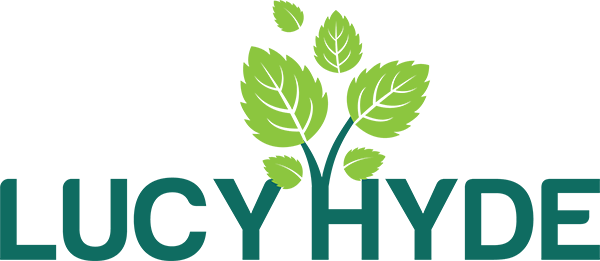About Lucy
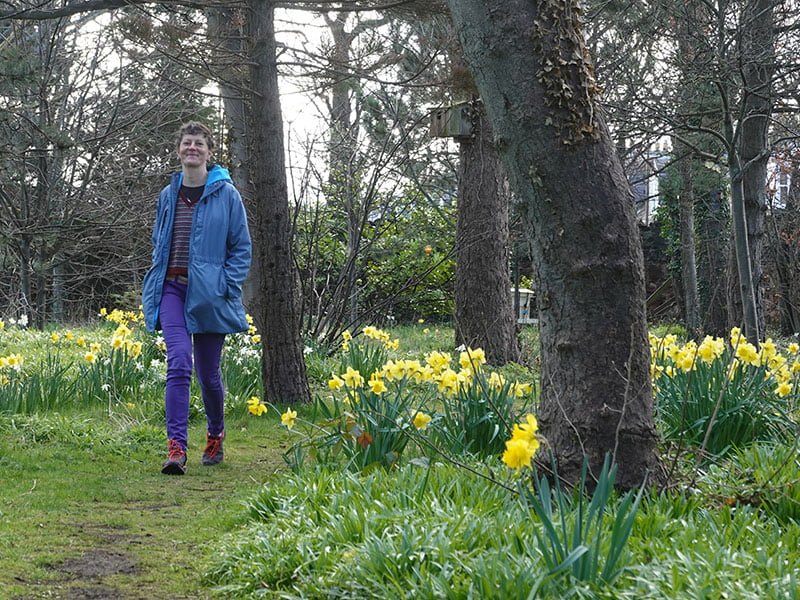

About Lucy
My background
My training is one part of my ‘toolkit’, that helps me think and reflect on the clients that I work with. Ongoing professional and personal development helps me meet the ethical and safety aspects of therapy. But my capacity to build a relationship of trust and understanding with you comes from so many other things as well… my life experience, the many disparate, odd, lovely and messy things that make me the human being that I am.
Identifying as white, cis-female and middle-class (my pronouns are she/her), I view myself as the stereotypical counsellor! I’m very aware that I hold privilege, not just with regard to my cultural background or skin colour, but also from other parts of my identity and life opportunities – and that this will influence my unconscious bias and assumptions I make. There may be parts of your identity or context that I need to educate myself about and be honest about my ignorance of. But I want to hear your truth while I’m alongside you – paying attention to our different experiences, and appreciating our shared ones.
I have had a variety of jobs, including customer service, care and human resources, and have a long-standing interest in relationships and communication. I have worked in organisations of all sizes, from the global financial sector to small charities. I have experienced the challenges of moving to and adjusting to different countries.
I am particularly interested in how we can get comfort, nourishment and nurture from the natural world and the outdoors, even in seemingly small ways. I believe strongly that humans are part of an ecosystem – not separate from ‘nature’ – and that we need to allow ourselves to connect to the world around us to keep our spirits healthy.
When working with clients, I like to pay attention to the very young – and sometimes scared – child who is still there inside all of us, and to think about how we can take that small child by the hand and bring them with us, rather than pushing them away or trying to ignore them.
I wholeheartedly believe that it is never too late – change is possible.

My training
My training is in Transactional Analysis (TA), which follows the following key principles:
- People are OK
- Everyone has the capacity to think
- People decide their own destiny, and these decisions can be changed
If you would like to, you can find more out about Transactional Analysis Theory on the Affinity Centre website – or there are videos available such as this one on YouTube: Transactional Analysis 1: ego states & basic transactions
I trained with Physis Training in Edinburgh, and hold a Diploma in Counselling using Transactional Analysis (2015), accredited by COSCA (Counselling & Psychotherapy in Scotland). I have since undertaken training with Online Counselling Services & Training and hold a Diploma (Distinction) in Online Counselling Skills (2018).
In 2022 I qualified as a Focusing Practitioner, in order to be able to teach Focusing, a self-help practice that encourages us to build better relationships with the different parts of ourselves, and to learn more from our bodily wisdom to enhance emotional, mental, and physical wellbeing. You can learn more about Focusing here.
I continue to attend training workshops and other forms of professional and personal development which include:
- training that is directly relevant to the issues that people bring to counselling
- updates on legislation, ethical standards and best practice
- exploration of methods to help me reflect on how my own experiences and personality influence the way in which I work with you
- ways of maintaining my own health and wellbeing (including personal therapy) to ensure that I am fit to practice.
As well as keeping my skills and knowledge up to date, I keep connected to colleagues for learning and mutual support. In the past I’ve been on the committee of the STAA – Scottish Transactional Analysis Association – which focuses on developing the TA community, providing CPD and networking opportunities. I’m a member of East Lothian Counselling Network and also attend regular peer support and supervision meetings.
I’m an accredited member of the British Association for Counselling and Psychotherapy (BACP), a Level 2 member of the Association for Counselling and Therapy Online (ACTO), and a member of the British Focusing Association (BFA).
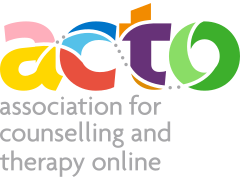
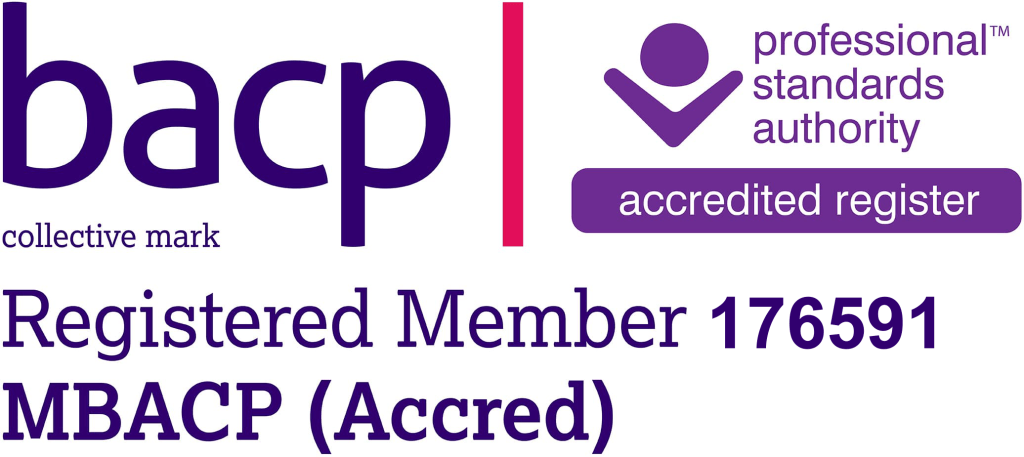
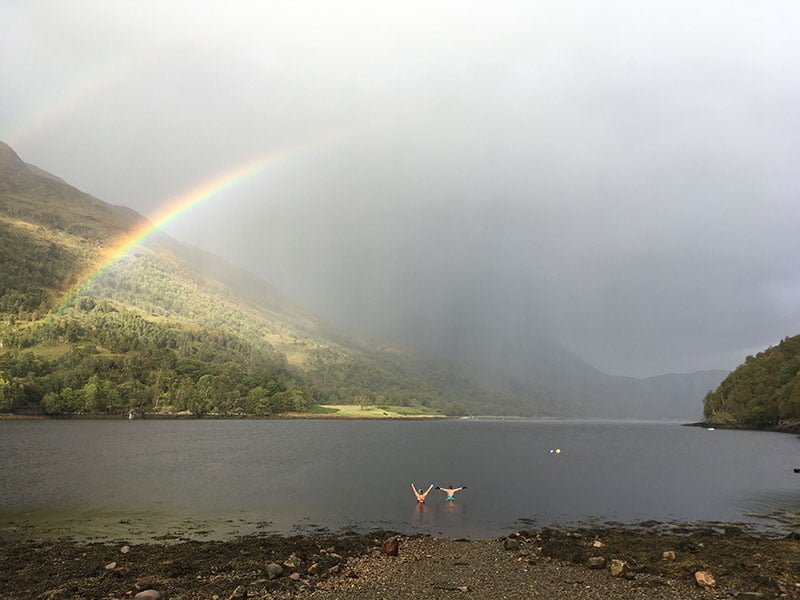
Book a session
I have sessions available from next week, so please get in touch to find out more.
Newsletter
Get hints and tips to help with your self care, and be the first to know when I’ve got a new blog out. I won’t spam you – newsletters come out once a month or less, and you can unsubscribe at any time.
